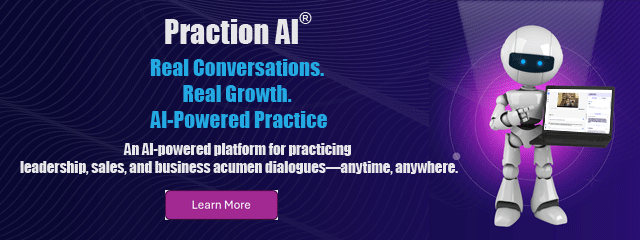Some of the fastest-growing opportunities in the consumer products industry are emerging from category reinvention. Take feminine care, for example: a category once viewed as a functional necessity is now being redefined around wellness, sustainability, and inclusivity. Reusable and eco-friendly solutions, lifestyle-focused branding, and outreach to underserved demographics are opening entirely new revenue streams.
category reinvention. Take feminine care, for example: a category once viewed as a functional necessity is now being redefined around wellness, sustainability, and inclusivity. Reusable and eco-friendly solutions, lifestyle-focused branding, and outreach to underserved demographics are opening entirely new revenue streams.
Similar reinvention is happening across plant-based foods, functional beverages, and sustainable home care products. Companies that monitor these evolving spaces and invest in innovation pipelines will be well-positioned to capture growth, while those that ignore them risk being left behind.
At Advantexe, we see this trend accelerating across the consumer products industry. To help our clients capitalize on these opportunities and defend against the challenges, we believe there are five critical business skills leaders must master to succeed. These aren’t abstract ideas; they are practical, actionable skills that current and future leaders can start developing today.
1) Trend Spotting
Category reinvention begins by identifying signals before they become mainstream. Whether it’s a surge in demand for sustainable packaging or a viral wellness trend, leaders must know how to distinguish between meaningful signals and noise.
How to Build It:
- Review industry reports and consumer behavior data from sources like Nielsen, IRI, and Mintel.
- Use social listening tools to detect rising conversations around eco-consciousness, wellness, or inclusivity.
- Conduct consumer immersions—store visits, focus groups, and demographic deep dives to hear needs firsthand.
Spotting trends early positions leaders to be proactive, investing and innovating before competitors catch up.
2) Strategic Agility
Even the best plans can be upended by rapid shifts; new entrants, changing regulations, or consumer fads that take off overnight. Strategic agility is about anticipating shifts, keeping options open, and pivoting fast when opportunities (or risks) emerge.
How to Build It:
- Practice scenario planning by mapping multiple “what if” market futures (e.g., a sudden plastic packaging ban or a retailer pivot to private label).
- Use business simulations to practice making tough trade-offs under uncertainty.
- Develop a decision framework with clear triggers for entering, exiting, or doubling down on trends.
Agile leaders not only survive disruptions; they use them to capture growth before rivals.
3) Cross-Functional Innovation
The companies winning in reinvented categories are those where R&D, marketing, supply chain, finance, and sales work seamlessly together to bring innovation to market quickly. A great idea can die quickly if the supply chain can’t deliver, finance won’t fund, or sales aren’t aligned.
How to Build It:
- Join cross-functional task forces or innovation sprints to co-create and launch new concepts.
- Gain perspective through rotational assignments or shadowing other functions.
- Use design thinking principles to ensure solutions are anchored in real consumer needs.
Innovation thrives when silos break down, accelerating time-to-market and reducing costly missteps.
4) Purpose-Driven Branding
Today’s consumers, especially younger demographics, demand that brands stand for something beyond function. Sustainability, inclusivity, and wellness can elevate a product from commodity to lifestyle brand.
How to Build It:
- Learn from case studies like Seventh Generation, Thinx, or Liquid Death—brands that turned purpose into growth.
- Collaborate with insights and marketing teams to craft authentic value propositions.
- Master storytelling and authenticity, ensuring purpose isn’t just a tagline but a real operational commitment.
Purpose-driven brands don’t just earn sales; they earn loyalty, even in commoditized categories.
5) Data-Driven Decision Making
Intuition matters, but data wins. Leaders who can leverage analytics, forecasting, and predictive modeling will make smarter calls about product portfolios, pricing, and promotions.
How to Build It:
- Take analytics and visualization courses (e.g., demand forecasting, price elasticity, customer lifetime value).
- Apply insights directly to real-world projects, such as SKU rationalization or promotional planning.
- Leverage AI-enabled tools to predict where consumer preferences and margins are headed.
Those who master data-driven decision making can act faster, with more confidence, and often with better financial outcomes.
The Bottom Line
Category evolution isn’t a passing trend; it’s the new competitive landscape for consumer products. Leaders who develop these five skills, Trend Spotting, Strategic Agility, Cross-Functional Innovation, Purpose-Driven Branding, and Data-Driven Decision Making, will be the ones driving growth rather than reacting to it.




